Problem
I have some data points stored in data.frame with three variables, x, y, and gender. My goal is to draw several generally fitted lines and also lines specifically fitted for male/female over the scatter plot, with points coloured by gender. It sounds easy but some issues just persist.
What I currently do is to use a new set of x's and predict y's for every model, combine the fitted lines together in a data.frame, and then convert wide to long, with their model name as the third var (from this post: ggplot2: how to add the legend for a line added to a scatter plot? and this: Add legend to ggplot2 line plot I learnt that mapping should be used instead of setting colours/legends separately). However, while I can get a multicolor line plot, the points come without specific colour for gender (already a factor) as I expected from the posts I referenced.
I also know it might be possible to use aes=(y=predict(model)), but I met other problems for this. I also tried to colour the points directly in aes, and assign colours separately for each line, but the legend cannot be generated unless I use lty, which makes legend in the same colour.
Would appreciate any idea, and also welcome to change the whole method.
Code
Note that two pairs of lines overlap. So it only appeared to be two lines. I guess adding some jitter in the data might make it look differently.
slrmen<-lm(tc~x+I(x^2),data=data[data['gender']==0,])
slrwomen<-lm(tc~x+I(x^2),data=data[data['gender']==1,])
prdf <- data.frame(x = seq(from = range(data$x)[1],
to = range(data$x)[2], length.out = 100),
gender = as.factor(rep(1,100)))
prdm <- data.frame(x = seq(from = range(data$x)[1],
to = range(data$x)[2], length.out = 100),
gender = as.factor(rep(0,100)))
prdf$fit <- predict(fullmodel, newdata = prdf)
prdm$fit <- predict(fullmodel, newdata = prdm)
rawplotdata<-data.frame(x=prdf$x, fullf=prdf$fit, fullm=prdm$fit,
linf=predict(slrwomen, newdata = prdf),
linm=predict(slrmen, newdata = prdm))
plotdata<-reshape2::melt(rawplotdata,id.vars="x",
measure.vars=c("fullf","fullm","linf","linm"),
variable.name="fitmethod", value.name="y")
plotdata$fitmethod<-as.factor(plotdata$fitmethod)
plt <- ggplot() +
geom_line(data = plotdata, aes(x = x, y = y, group = fitmethod,
colour=fitmethod)) +
scale_colour_manual(name = "Fit Methods",
values = c("fullf" = "lightskyblue",
"linf" = "cornflowerblue",
"fullm"="darkseagreen", "linm" = "olivedrab")) +
geom_point(data = data, aes(x = x, y = y, fill = gender)) +
scale_fill_manual(values=c("blue","green")) ## This does not work as I expected...
show(plt)
Code for another method (omitted two lines), which generates same-colour legend and multi-color plot:
ggplot(data = prdf, aes(x = x, y = fit)) + # prdf and prdm are just data frames containing the x's and fitted values for different models
geom_line(aes(lty="Female"),colour = "chocolate") +
geom_line(data = prdm, aes(x = x, y = fit, lty="Male"), colour = "darkblue") +
geom_point(data = data, aes(x = x, y = y, colour = gender)) +
scale_colour_discrete(name="Gender", breaks=c(0,1),
labels=c("Male","Female"))





